Species Photo Gallery for Idiodonus kennicotti No Common Name 15 |
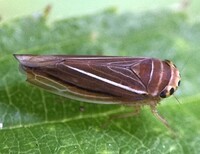 | Photo by: Ted Wilcox
Watauga Co.
Comment: unid_leafhopper | 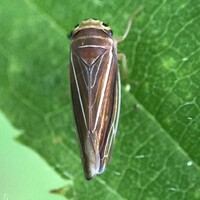 | Photo by: Ted Wilcox
Watauga Co.
Comment: unid_leafhopper |
 | Photo by: Scott Bolick
Montgomery Co.
Comment: | 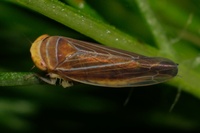 | Photo by: Scott Bolick
Montgomery Co.
Comment: |
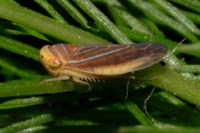 | Photo by: Scott Bolick
Montgomery Co.
Comment: | 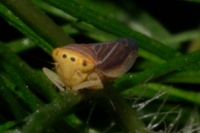 | Photo by: Scott Bolick
Montgomery Co.
Comment: |
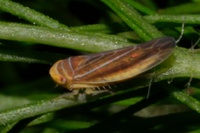 | Photo by: Scott Bolick
Montgomery Co.
Comment: | 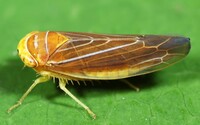 | Photo by: Rob Van Epps
Mecklenburg Co.
Comment: |
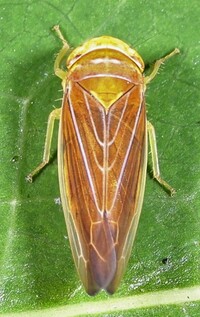 | Photo by: Rob Van Epps
Mecklenburg Co.
Comment: | 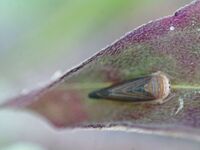 | Photo by: Tracy S Feldman
Scotland Co.
Comment: unid_leafhopper |
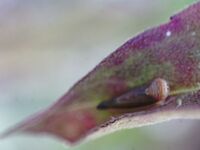 | Photo by: Tracy S Feldman
Scotland Co.
Comment: unid_leafhopper | 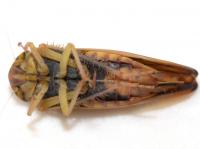 | Photo by: Kyle Kittelberger, Brian Bockhahn, Paul Scharf
Avery Co.
Comment: edge of grassy, brushy field-type habitat in old christmas tree farm; forest edge |
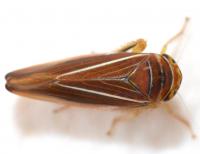 | Photo by: Kyle Kittelberger, Brian Bockhahn, Paul Scharf
Avery Co.
Comment: edge of grassy, brushy field-type habitat in old christmas tree farm; forest edge | 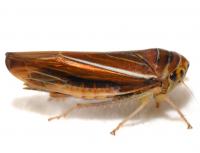 | Photo by: Kyle Kittelberger, Brian Bockhahn, Paul Scharf
Avery Co.
Comment: edge of grassy, brushy field-type habitat in old christmas tree farm; forest edge |
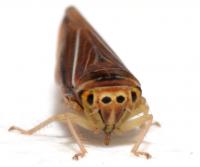 | Photo by: Kyle Kittelberger, Brian Bockhahn, Paul Scharf
Avery Co.
Comment: edge of grassy, brushy field-type habitat in old christmas tree farm; forest edge |

 »
»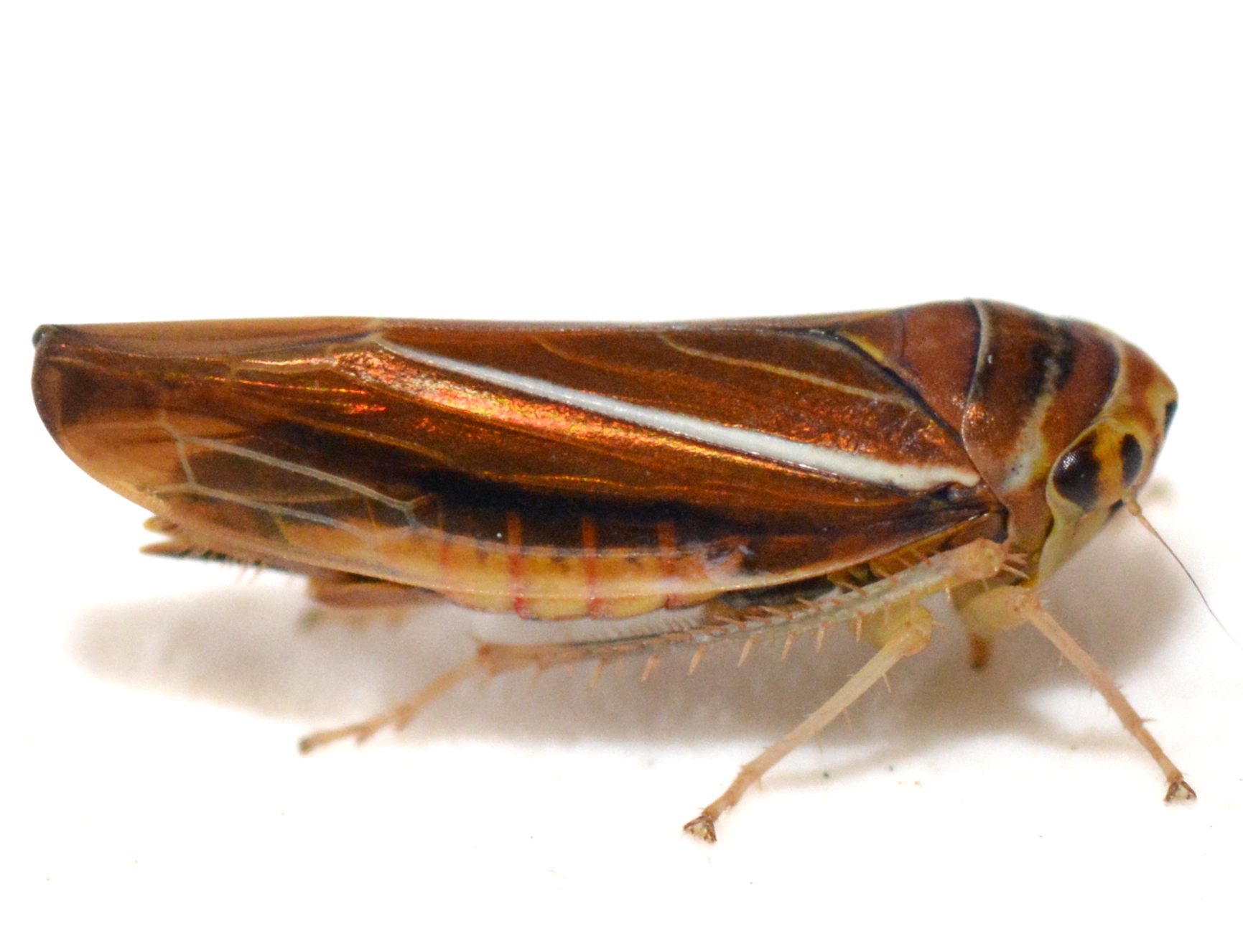
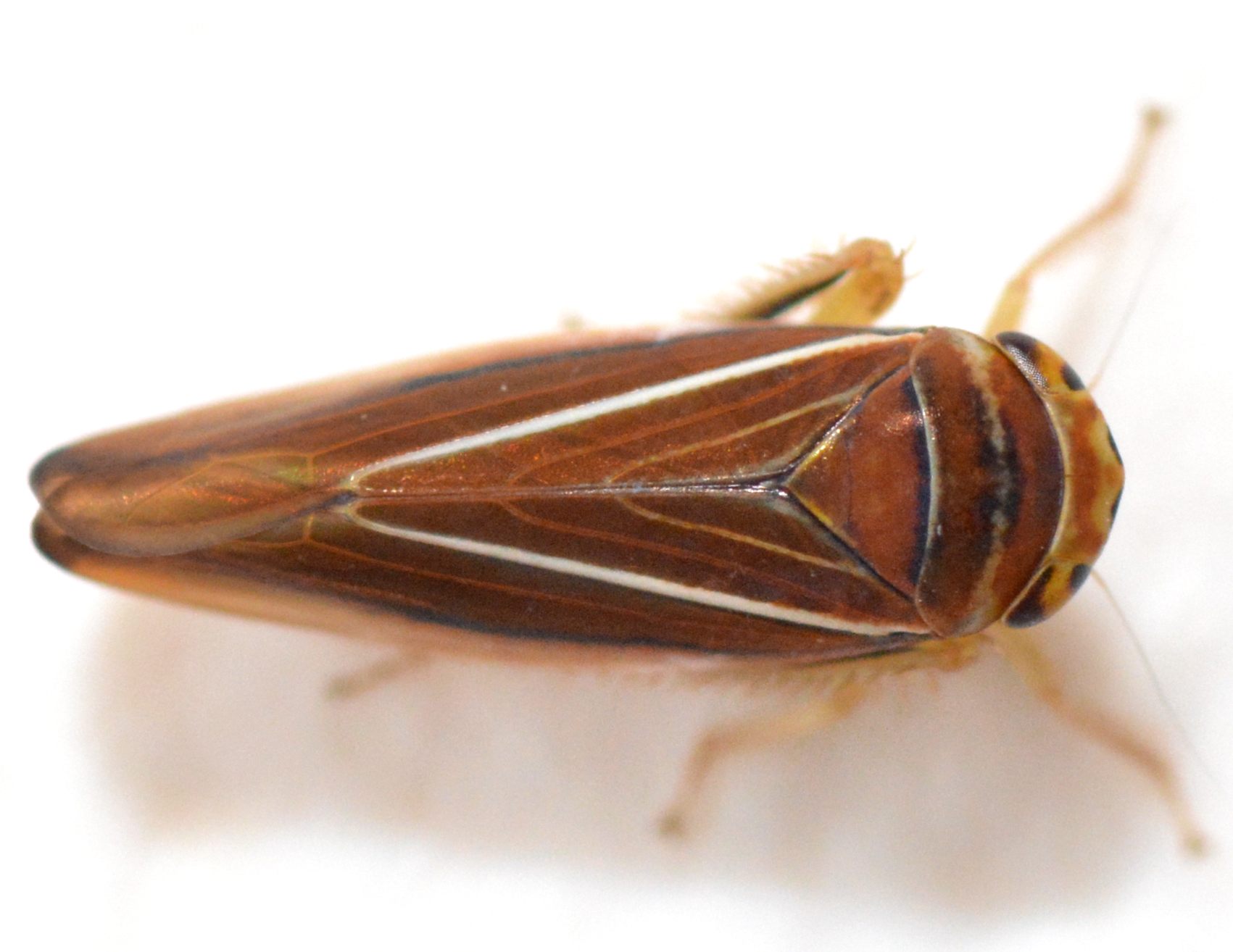

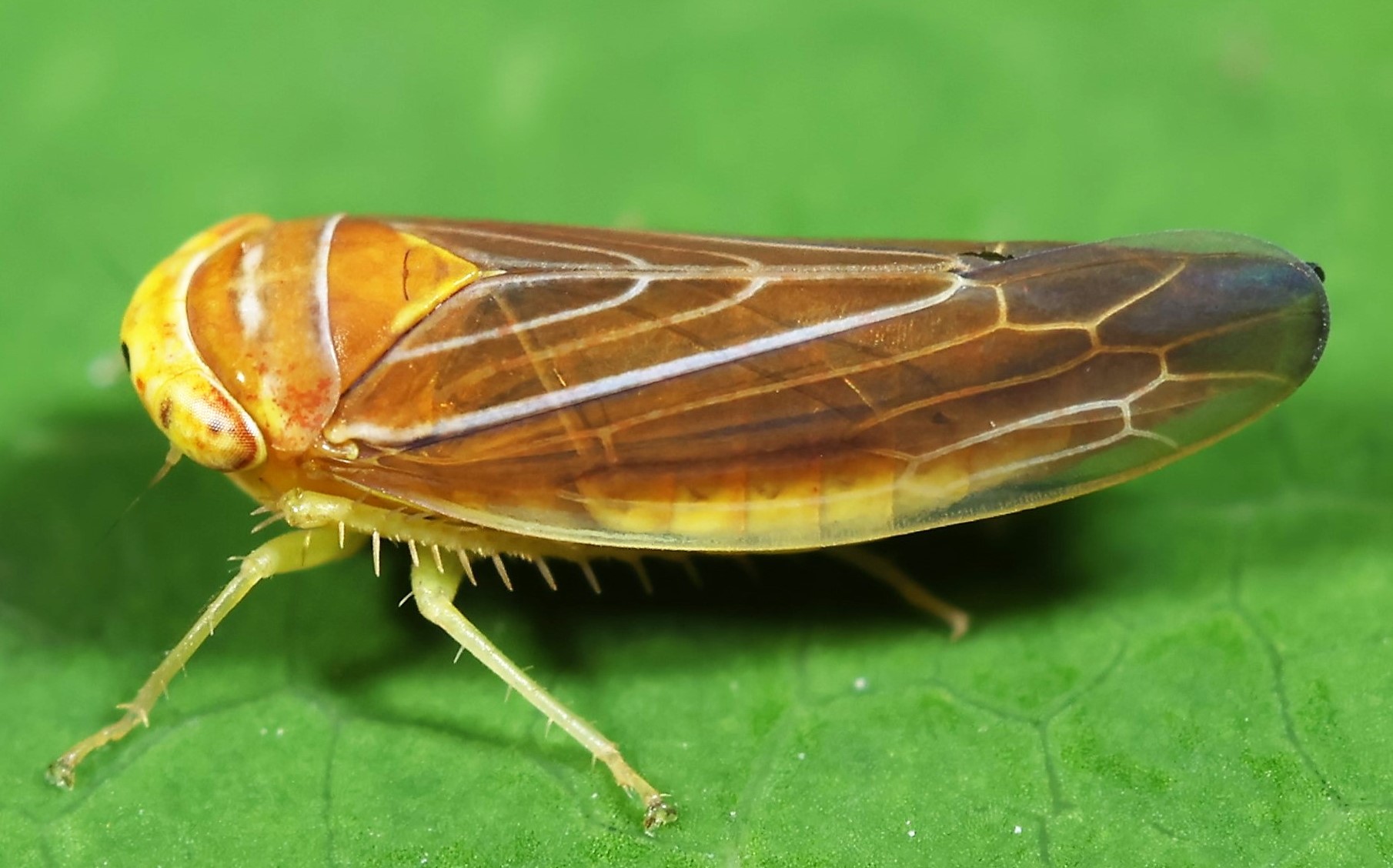

 »
»


